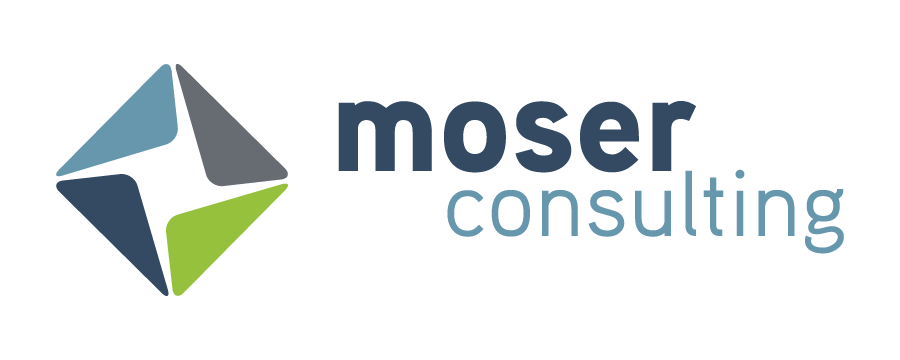Document Processing with Power Platform
What is Power Platform?
Microsoft’s Power Platform is a low-code suite designed to help users build custom business solutions with ease. It includes Power Apps, Power Pages, Power Automate, and Power BI, which can function on their own or together. Thanks to its low-code design, Power Platform is accessible to users of all experience levels from the customer to the developer.
One business solution that Power Platform offers is document processing. This can be done only using Power Automate with AI Builder. However, Power Apps and Power BI can also be integrated to enhance the process. For example, if a customer wants to convert a PDF into a Power BI report, Power Apps could manage the document upload process, while Power Automate and AI Builder handle data extraction and transfer.
Power Apps
Creating a document uploader in Power Apps is fairly straightforward. By setting up a SharePoint list with an attachments field, developers can add a form in Power Apps that includes an uploader for file submissions. When users submit a file through the form, their PDF will automatically appear in the SharePoint list.
Power App Form with Attachment Field
Power Automate
Choosing the right connector in Power Automate is one of the most important parts of document processing. Options like Adobe PDF, Encodian, and Muhimbi PDF offer powerful features, but they are premium connectors, so a subscription is usually needed. Fortunately, some Power Automate licenses include credits for Microsoft’s AI Builder.
AI Builder is an extremely helpful tool that lets users train AI models to extract specific data from documents such as dates or entire tables. Once extracted, this data can be easily accessed in Power Automate. From there, the data can be saved to an Excel sheet, CSV file, SharePoint list, or other formats, making it ready for use in Power BI. To streamline the process, the flow can be set to trigger automatically whenever a new document is added to the original SharePoint list.
AI Builder Process
Power BI
When the data is ready, a Power BI report can be created by either downloading the data or connecting directly to it in Power BI. In SharePoint, use the 'Integrate' button to automatically connect the data to Power BI and generate a sample report. This button can also be used to connect the list with Power Apps.
Sample Report from Sharepoint Data
Conclusion
In summary, Microsoft’s Power Platform provides a powerful, user-friendly solution for automating document processing workflows. By combining Power Apps, Power Automate, and Power BI, businesses can efficiently manage document uploads, automate data extraction, and visualize results—all with minimal code. Whether it’s converting PDFs into actionable reports or extracting key data into SharePoint or Excel, Power Platform enables users of all skill levels to streamline processes and unlock insights quickly. With its flexible, integrated tools, Power Platform is ideal for building robust document processing solutions tailored to business needs.
For more information related to Project Platform, visit Moser’s Data & Analytics webpage at datsumoki.net/data-analytics.
References
Introduction to Microsoft Power Platform for developers - Power Platform | Microsoft Learn






